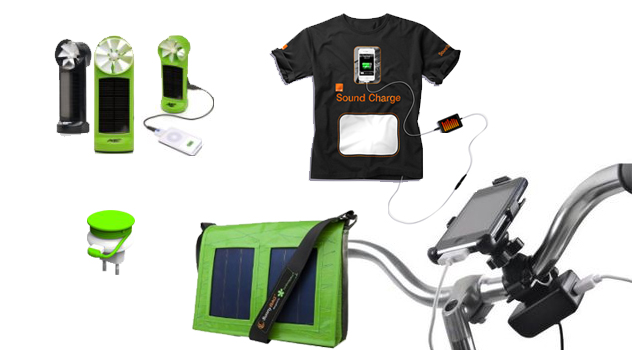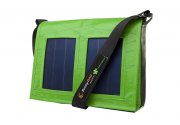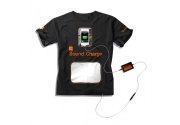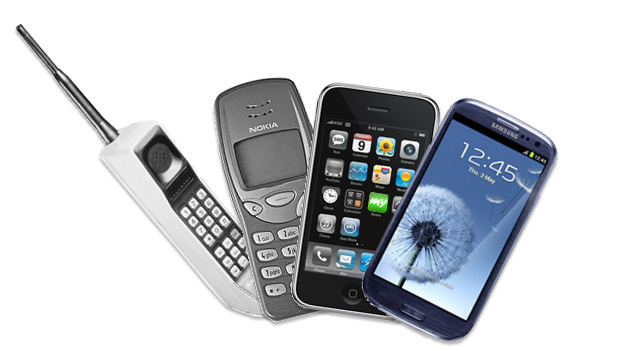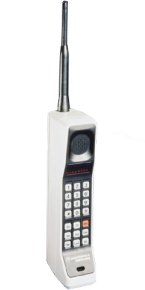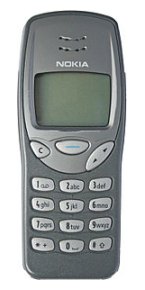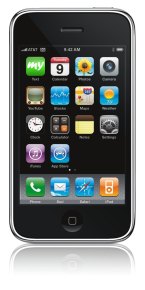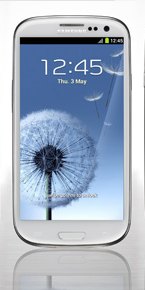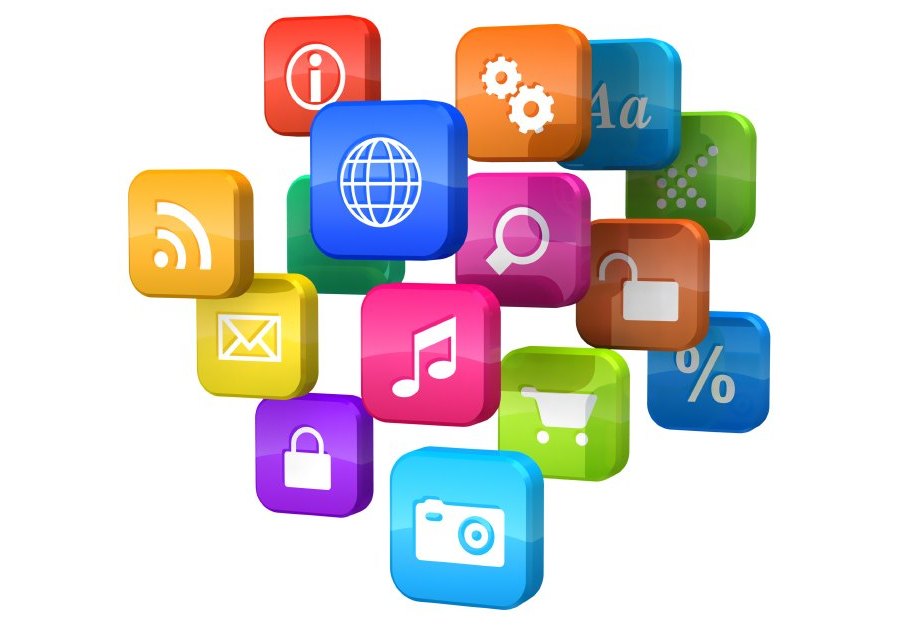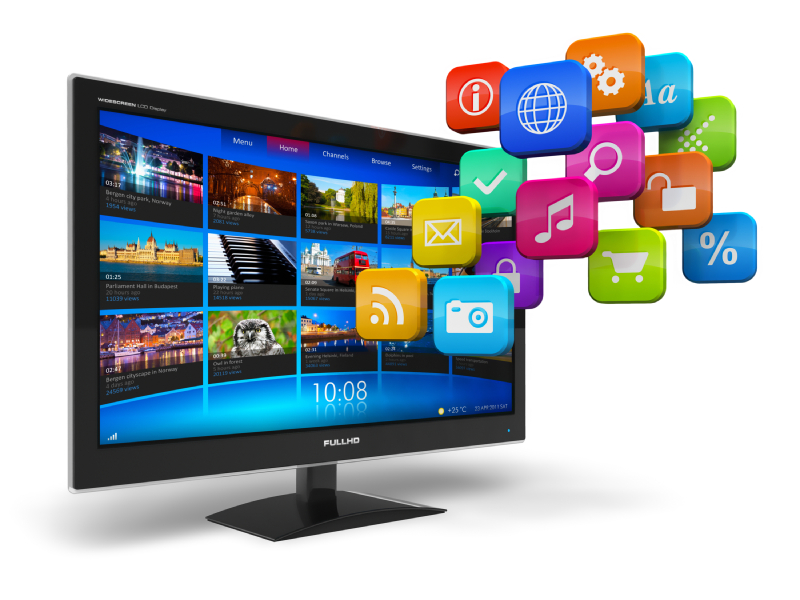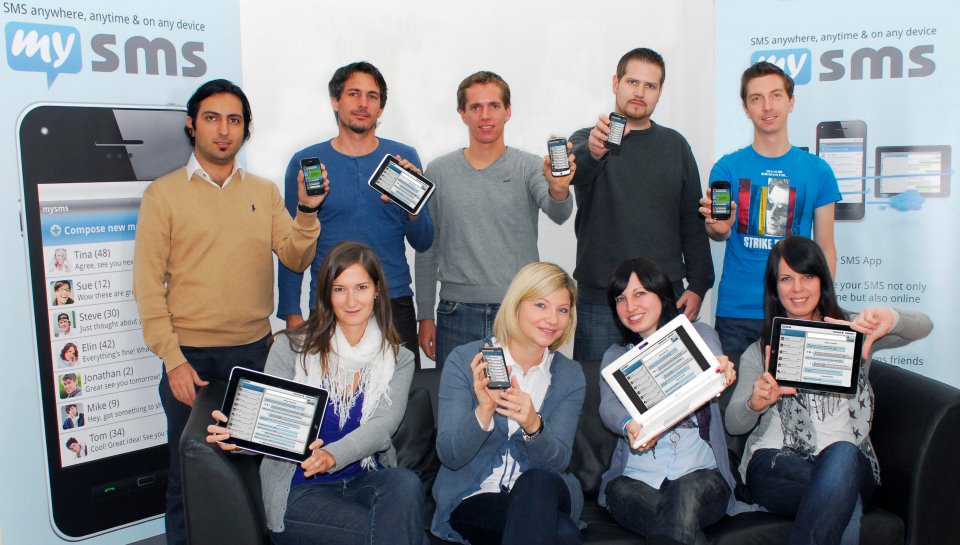We’ve all been there. The battery of your phone is low and there’s no wall outlet nearby. You desperately try to memorize some phone numbers and write one last text message, when eventually it goes dead. Thanks to some brilliant minds, we don’t have to despair of situations like this anymore. There are several eco-friendly ways to charge your smartphone.
1) SunnyBAG Solar Energy Charger
| First in line is SunnyBAG, a shoulder bag with waterproof solar panels on its outside. Obviously it uses sunlight as a source of energy, but it also charges its integrated power battery pack in all other weather conditions. Currently SunnyBAG’s battery pack has a capacity of 18.5 Wh and needs 2 – 3 hours to be fully charged on a sunny day. The battery features a USB output which can charge any type of mobile phone – anytime, anywhere and all eco-friendly. |
2) Kinesis K3 Wind and Solar Charger
| The K3 captures power from wind and sun and stores it in its internal battery. At the moment, a 4,000 mAh battery is used to charge smartphones, mp3 players, cameras, etc via the built-in USB port. LED level indicators show you the current power status with the press of a button. The Kinesis K3 can stand up, lay down or hang and it’s said to work in almost any environment. |
3) Smartphone Bicycle Charger Kit
| The Smartphone Bicycle Charger Kit collects green energy from cycling. It starts charging as soon as you reach a speed of 4 mph and uses solely pedal power to charge smartphones and other devices. The Smartphone Bicycle Charger Kit comes with a dynamo power generator, cell phone holderbicycle USB charger, and all necessary brackets and connectors. Using it supports your own health as well as our environment. |
4) Orange Sound Charge T-Shirt
| This sound charge T-Shirt is perfect for you, if you like to hang out in loud environments (a noisy office or a bar) and set no great store by your look. Its film panel acts like a microphone which absorbs acoustic waves. The waves are then converted into electric charge which is stored in a reservoir battery. It is said that with sound levels of 80dB, the sound charge T-Shirt will generate around 6 W/h. All the electronics as well as the film panel are removable so you’re able to wash it in the machine. |
5) Mushroom GreenZero Charger
| If you are lucky enough to have an outlet in sight, but still want your charger to be energy efficient, the Mushroom GreenZero Charger might be the ideal solution for you. While traditional chargers continue consuming energy also after the charge is complete, this little mushroom-shaped device shuts off as soon as your smartphone is fully charged or unplugged. This helps you save energy and also your battery’s life as it makes sure your smartphone doesn’t overcharge. |
There are some great ways to charge your smartphone and at the same time reduce your ecological footprint. If you happen to have a talent for training bugs, you might like this eco-friendly way of charging your phone:
